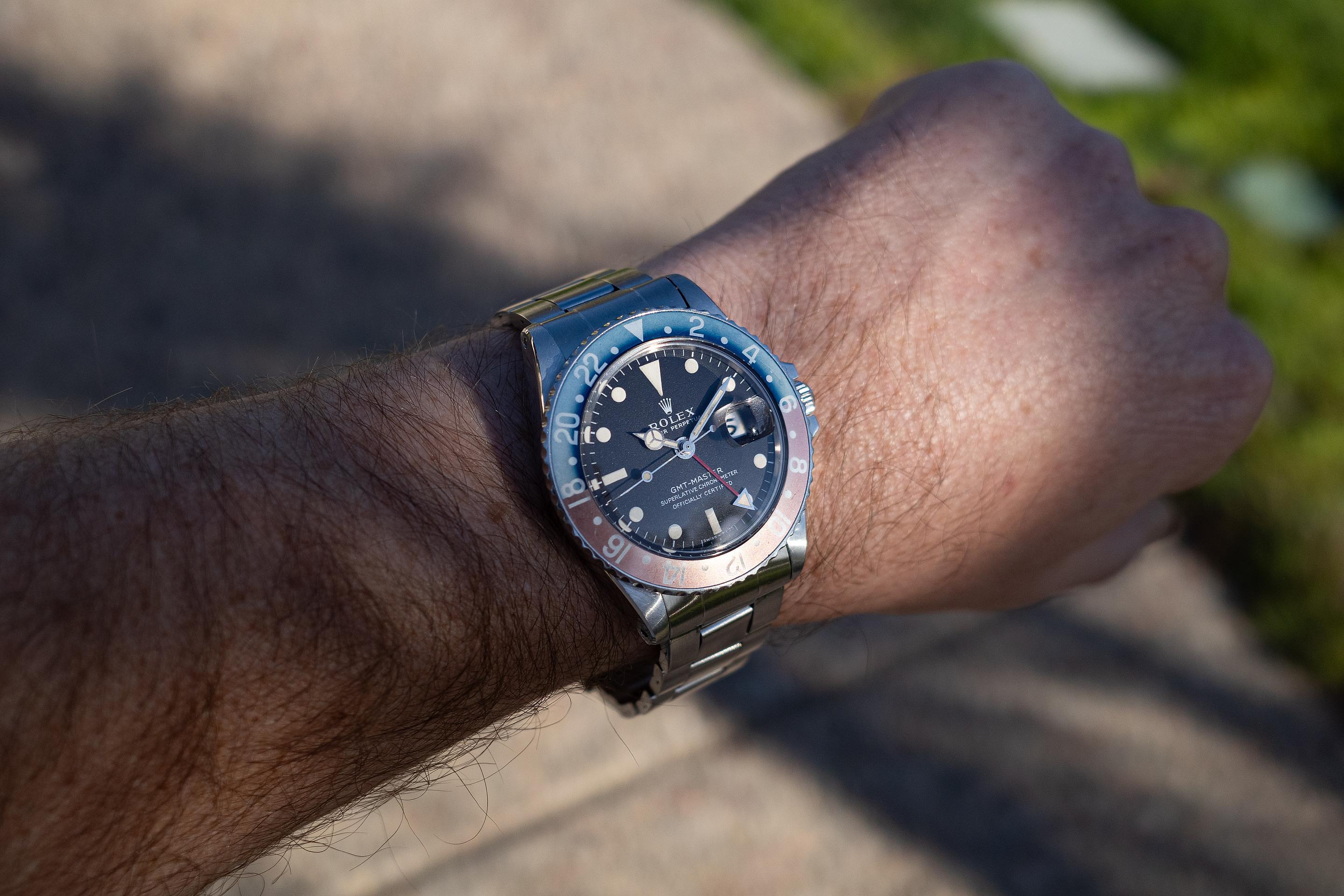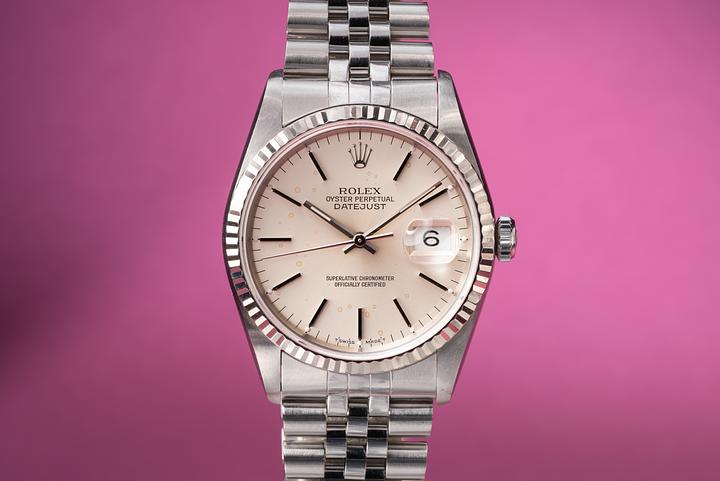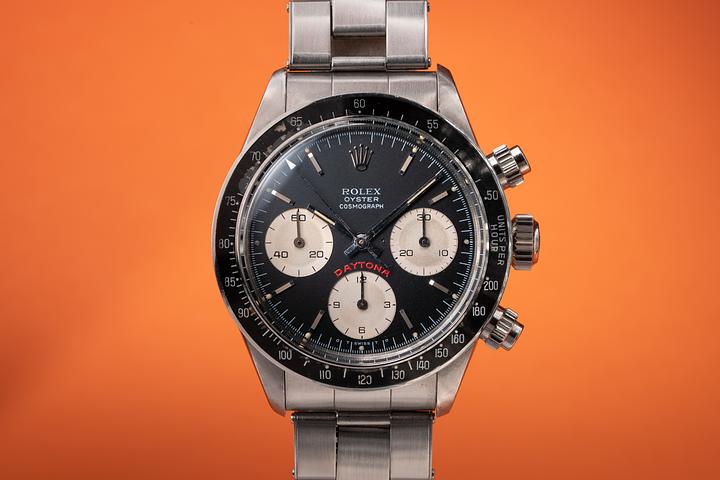Rolex GMT-Master History and Legacy of an Iconic Timepiece

The Legacy of the Rolex GMT-Master: A Swiss Timekeeping Icon
Few names in the world of haute horlogerie command as much reverence as Rolex. Among its many storied collections, the Rolex GMT-Master holds a singular place in both horological history and contemporary prestige. Originally introduced to meet the specific demands of international travel, the GMT-Master has evolved into a symbol of technical excellence, practical innovation, and timeless design. Rooted firmly in the Swiss tradition of precision craftsmanship, it remains one of the most sought-after and respected timepieces in the world.
The Origins of the GMT-Master: Purpose Meets Innovation
The Rolex GMT-Master was launched in 1955 in collaboration with Pan American World Airways, who required a durable and reliable watch for their pilots navigating transcontinental routes. The challenge was straightforward yet complex: create a watch that could simultaneously display multiple time zones with absolute legibility and mechanical integrity. Rolex’s solution was the GMT-Master reference 6542, outfitted with a 24-hour hand and a rotating two-tone bezel allowing the wearer to track a second time zone—an innovative feature at a time when the jet age was just getting off the ground.
The introduction of the GMT-Master coincided with a cultural and technological zeitgeist. As global travel accelerated, the need for precise tools that could span continents became more than a convenience—it became essential. Rolex, known for its consistent innovation, had once again produced a timepiece that directly addressed a rapidly emerging technological and social need. This early version lacked a crown guard and used a Bakelite bezel insert, later changed due to durability issues. But the tone was set, and a legacy begun.
The GMT-Master Ref. 1675: Establishing Iconic Status
In 1959, the reference 1675 was introduced and quickly solidified the GMT-Master’s place in horological canon. This model featured a crown guard for improved robustness and employed an aluminum bezel insert, improving on the fragility of the original Bakelite. It also introduced updated aesthetics, including bolder hour markers and larger hands. With over two decades in production, the 1675 became one of the most widely recognized Rolex watches of its era.
The 1675 was favored not only by pilots but also by military professionals and global explorers. Its ability to keep time reliably across time zones without fail made it an indispensable part of their gear. Underneath its resilient exterior lay the caliber 1565 movement, later upgraded to the 1575, further enhancing its precision and mechanical efficiency. This period also marked the introduction of the distinctive red and blue “Pepsi” bezel, a stylistic choice that has become synonymous with the GMT-Master itself.
The GMT-Master II: Technical Precision Redefined
In 1982, Rolex refined the concept once more with the introduction of the GMT-Master II, beginning with the reference 16760. Though similar in design, the new iteration presented a major innovation: an independently adjustable hour hand. This allowed wearers to quickly reset their local time while maintaining a reference time on the 24-hour scale—an essential upgrade for frequent travelers and even more beneficial for professionals following global markets across multiple zones.
This GMT-Master II featured the caliber 3085 movement and was produced in a range of steel and two-tone variations. While the watch remained aesthetically linked to its predecessor, subtle refinements in lug thickness, bezel shape, and case dimensions signaled its technical advancement. The evolution of the GMT-Master into the GMT-Master II marked not only a mechanical turning point but also a shift in audience. No longer was this a watch explicitly for aviation professionals—it had firmly entered the realm of refined luxury, suitable for both boardrooms and airstrips.
Design Principles and Signature Aesthetics
Over time, there have been adjustments to materials and proportions, but the Rolex GMT-Master and GMT-Master II have always retained core design tenets. The iconic bezel—in variants like “Pepsi,” “Coke” (black and red), and “Batman” (black and blue)—stands as both a practical feature and a visual identifier. Constructed in modern references from Cerachrom, a proprietary ceramic developed by Rolex, the bezel now boasts exceptional resistance to UV rays, scratches, and fading, while maintaining the legibility and color integrity that define the collection.
The Oyster case, a Rolex hallmark, serves as a fortress against external elements, ensuring water resistance and durability in severe environments. Paired with the robust Oyster bracelet, these watches offer comfort without compromising strength. The dials remain classically elegant, with Chromalight luminescence providing long-lasting visibility in low-light conditions. The modern GMT-Master II models are driven by Rolex’s caliber 3285 movement, which includes a more efficient Chronergy escapement, 70-hour power reserve, and Superlative Chronometer certification for exceptional precision and reliability.
Contemporary Resonance and Market Position
The Rolex GMT-Master II today represents far more than its origins as a tool for pilots. It has become an icon of luxury and functionality, as likely to be seen under the cuff of a CEO as on the wrist of an adventurer scaling the Andes. Its versatility, heritage, and mechanical sophistication make it not merely a timekeeper, but a statement of discernment and appreciation for enduring design.
Rolex’s stringent production protocols and limited availability have only intensified the desirability of the GMT-Master line. Models with particularly storied references—like "Pepsi," "Batman," and "Root Beer"—often see waiting lists at authorized dealers and command premiums on the secondary market. Despite its status as a luxury good, the GMT-Master II retains its utilitarian roots, offering world-class precision in a form that remains true to the ethos that inspired its creation.
The GMT-Master Within the Legacy of Swiss Watchmaking
Switzerland remains the definitive home of high horology. Rolex, as one of its most emblematic brands, exemplifies the nation's commitment to tradition, innovation, and excellence. The GMT-Master's evolution—from its genesis as a tool for jet age pilots to its place as a staple in the modern collector's portfolio—mirrors the Swiss watch industry's balance between heritage and progress. While other brands have attempted to emulate the concept, none have equaled the GMT-Master's seamless integration of functional precision and prestige.
In every model, the GMT-Master line pays homage to its past while confidently pushing forward. It speaks to Rolex’s unwavering focus on purposeful design and its mastery of horological art. For collectors, professionals, and enthusiasts alike, the Rolex GMT-Master remains not just a superlative watch, but a cultural and mechanical milestone in the enduring history of Swiss watchmaking.




